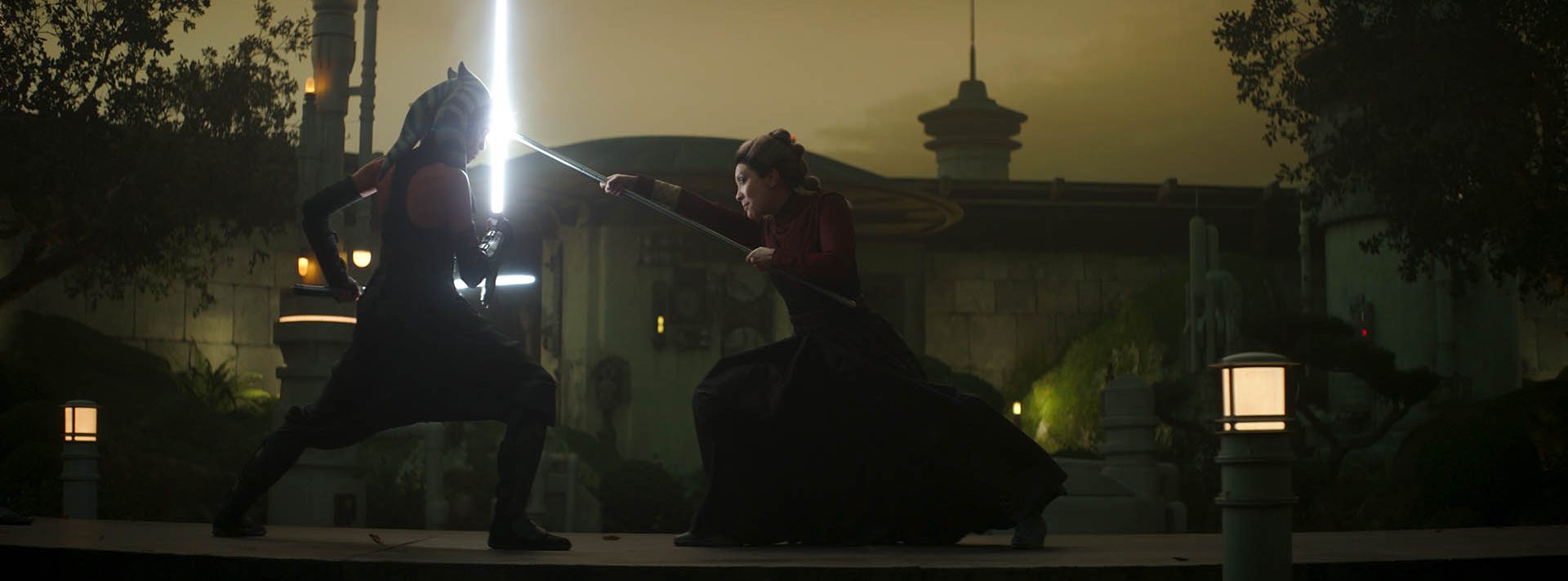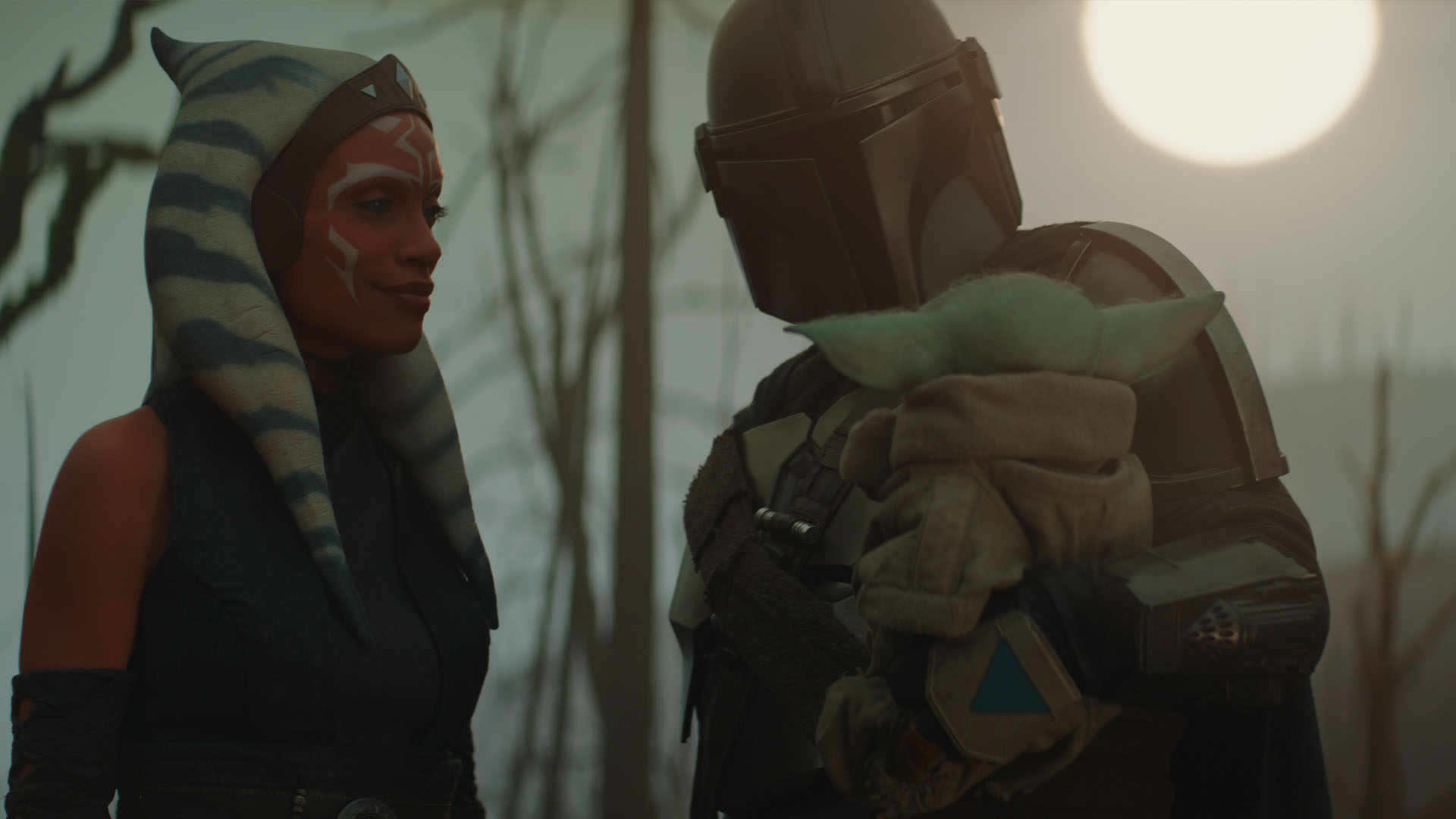Visual effects work on The Mandalorian was completed in all five of ILM’s studios (San Francisco, Singapore, Vancouver, London, and Sydney) as well as a contingent of other vendors under ILM’s supervision. The season’s 8 episodes encompassed nearly 5,000 visual effects shots in addition to all of ILM’s real-time effects work done for use during principal photography. The effects team leveraged virtually every trick in the book, from miniatures and motion control to traditional puppeteering, advanced animatronics, spectacular special effects, and photo-real CG. The team also continued to innovate on the virtual production front pioneering techniques to further leverage ILM’s StageCraft technology in service of Jon Favreau and Dave Filoni’s dramatic stories.
Season 2 of The Mandalorian brought a host of innovations to ILM’s ground-breaking StageCraft virtual production technology. Not only did ILM increase the overall size of its LED Volume but the team also substantially increased the resolution that the volume was capable of displaying. The second season also saw the debut of ILM’s real-time cinema engine for all imagery displayed on the LED Volume. The real-time render engine called Helios was specifically developed by ILM engineers to deal with the specific challenges of virtual production including extreme scene complexity and enhanced image fidelity.


